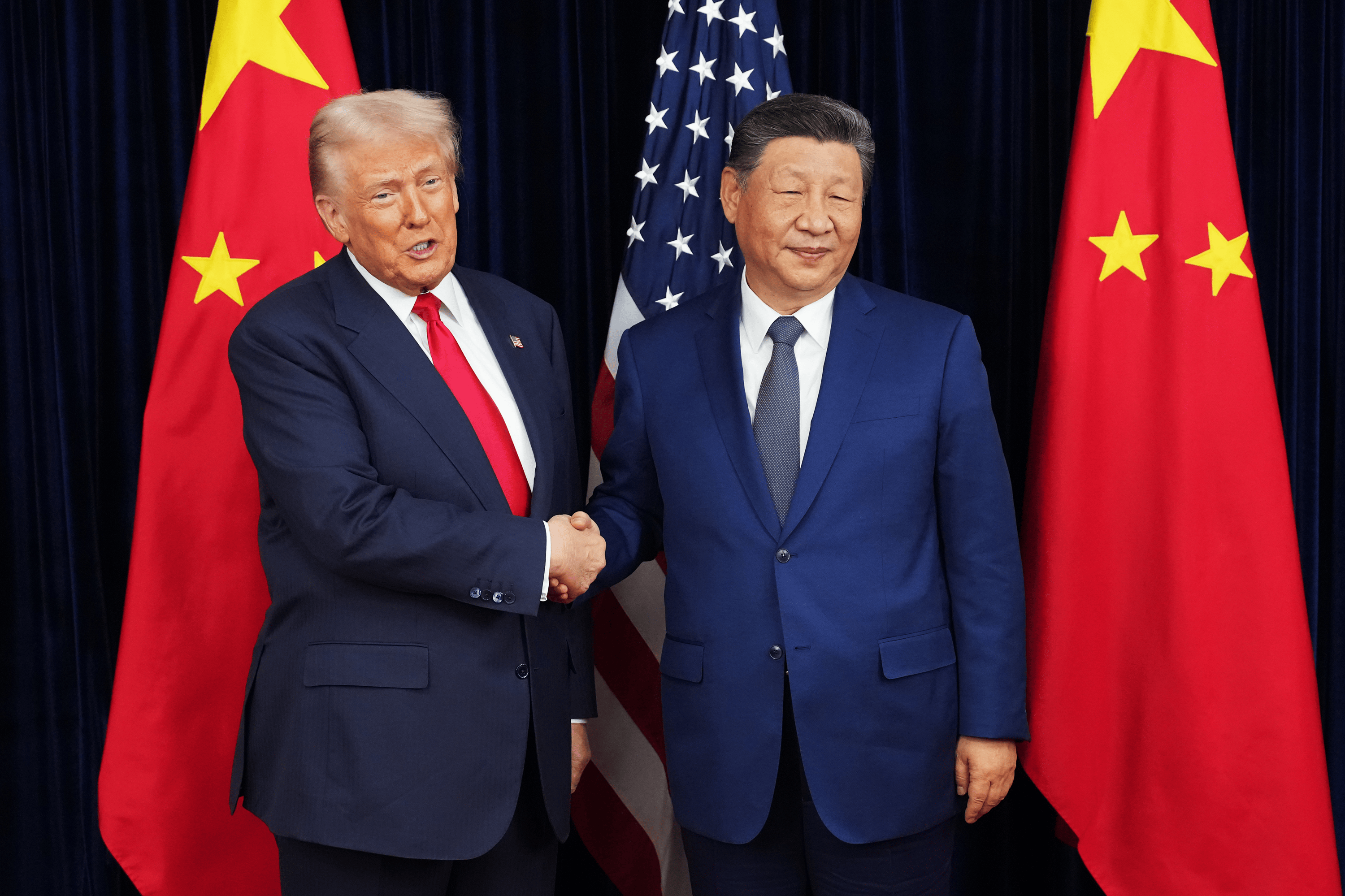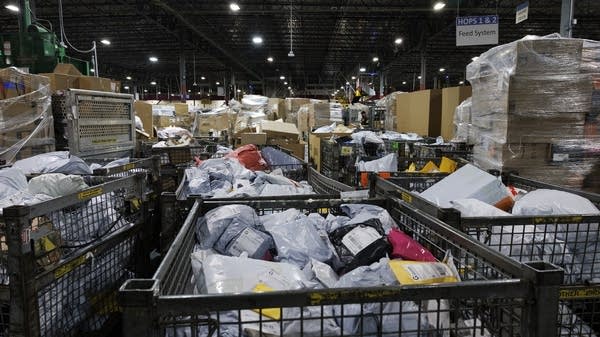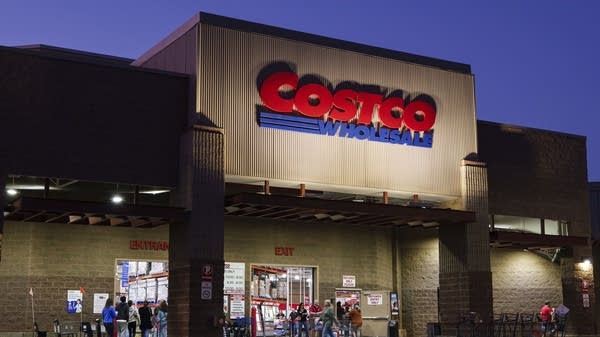Local governments see foreign trade zones as economic engines
As business interest in FTZs grows amid the ongoing tariff uncertainty, local economies stand to benefit.

Ever since the Trump administration upended global trade with a wave of tariffs on imported goods, some companies have been trying to seek shelter in foreign trade zones. These are specially designated areas, supervised by federal customs officers, and usually located near ports, airports, or border crossings.
For decades, foreign trade zones have allowed companies to import products tariff-free, and either pay the import tax at a later date, or manufacture something out of those imports, so that they end up paying lower tariffs — or even none at all.
Right now, a lot of local governments are looking at foreign trade zones as engines that can power their local economies. As those local authorities are spreading the word about what FTZs can do for businesses.
Micro Commercial Components, a semiconductor manufacturing company headquartered in Simi Valley, California, manufactures semiconductors in Asia and ships them to its Simi Valley location for distribution. Its headquarters is connected to a 19,000 square foot warehouse that’s a designated FTZ.
“You can see that across all of our gates, we do have secure fencing across all of the entry points,” said Eric Schneider, VP of digital at Micro Commercial Components. “You have to be a secured employee with a background screening. And there’s security cameras at pretty much every entrance and exit.”
Schneider said all of this security is required by Customs and Border Protection, because everything in this warehouse — from the standpoint of customs law — is not yet inside the U.S.
“With the FTZ, what it allows us to do is basically bring this product over into the port of Long Beach, [and] we bring it into the foreign-trade zone,” Schneider said. “It’s being secured, and we identify it as foreign merchandise.”
That matters because it means Micro Commercial Components hasn’t paid any tariffs on these products. Schneider said many of his customers — mostly electronics and auto manufacturers — have foreign-trade zones of their own. That means Schneider can sell to those customers tariff-free.
“Having this directly at our facility in Southern California, we’re able to have that as a selling point, essentially,” Schneider said.
The FTZ helped push the company’s revenue up by more than 30% over the last five years, Schneider added.
Now, with the Trump administration’s tariffs, other companies in the area have been getting FTZ-curious.
“Potential foreign-trade zone users reaching out, asking questions, asking how they can be a part of this, and who they need to speak with,” said Stacy Lange, chief commercial & public affairs officer with the nearby Port of Hueneme, an FTZ grantee that takes in applications from businesses that want to set up shop in a foreign-trade zone.
“We have been actively mentioning to all of the customers that move through the port, that it is a feature that we can offer,” Lange said.
Meanwhile, local governments are using foreign-trade zones to lure businesses.
“We are really using it as an attraction tool for advanced manufacturing,” said Christine Mackay, director of community and economic development for the City of Phoenix.
Over the past 10 years, Mackay said the FTZ in the Phoenix region has attracted manufacturers in the electronics and semiconductor industries, as well as aerospace, automotive, and solar panel manufacturers.
“We’re completely changing the economy of metro Phoenix into a production-based economy from where we had been, which was a consumption-based economy,” Mackay said.
And that shift has created jobs, raised salaries, and generated tax revenue, she said. “We’re able to invest more money in our streets, in our parks, in our swimming pools. We’re building five new fire stations right now. We’re building a ped bridge that crosses over the Salt River.”
There are limits to these kinds of benefits.
Melissa Irmen, director of advocacy and strategic relations with the National Association of Foreign-Trade Zones, said the Trump administration has been tightening up FTZ regulations.
“That has inadvertently disincentivized U.S. manufacturing in a foreign-trade zone,” she said.
But Irmen said there are plenty of benefits that still apply. Companies can use foreign-trade zones to delay paying tariffs on imports until it’s most convenient. Or, if they’re exporters, too, they can avoid paying any tariffs at all.
“The U.S. Foreign-Trade Zone program has always been one tool in a larger economic development toolkit,” Irmen said. “Especially if you’re trying to attract manufacturers for export or distributors for export.”
Irmen said the NAFTZ is focused on trying to educate businesses, local governments, and the Trump administration about why all of these benefits can help the economy.













